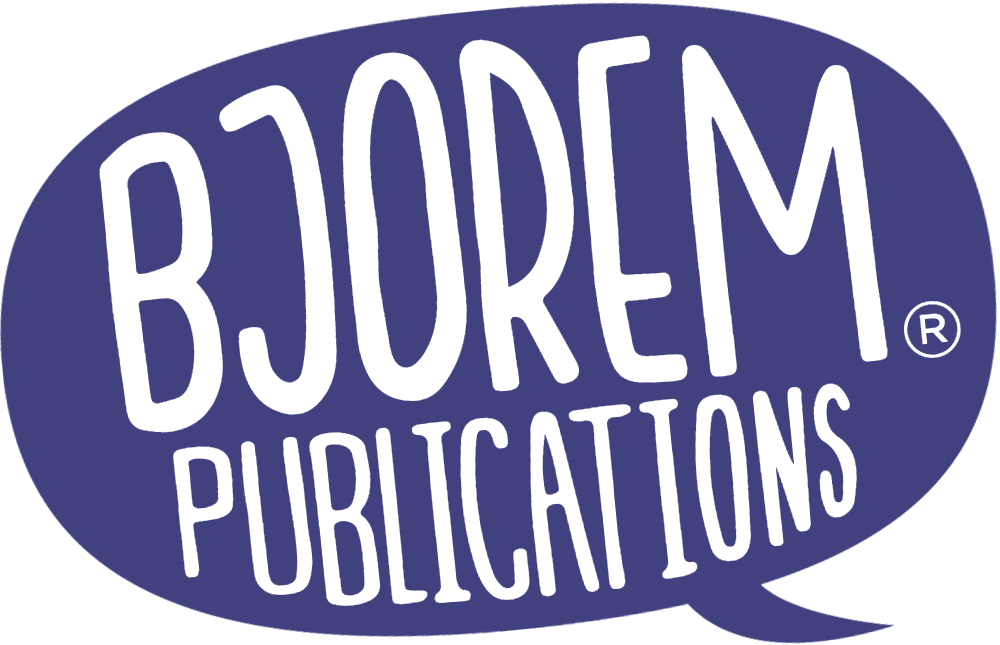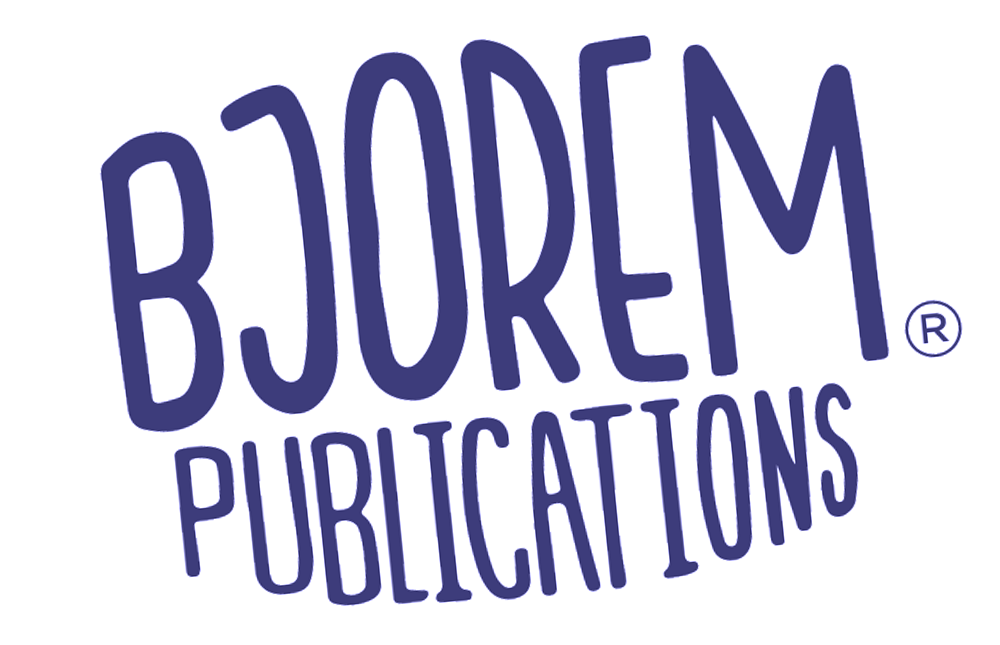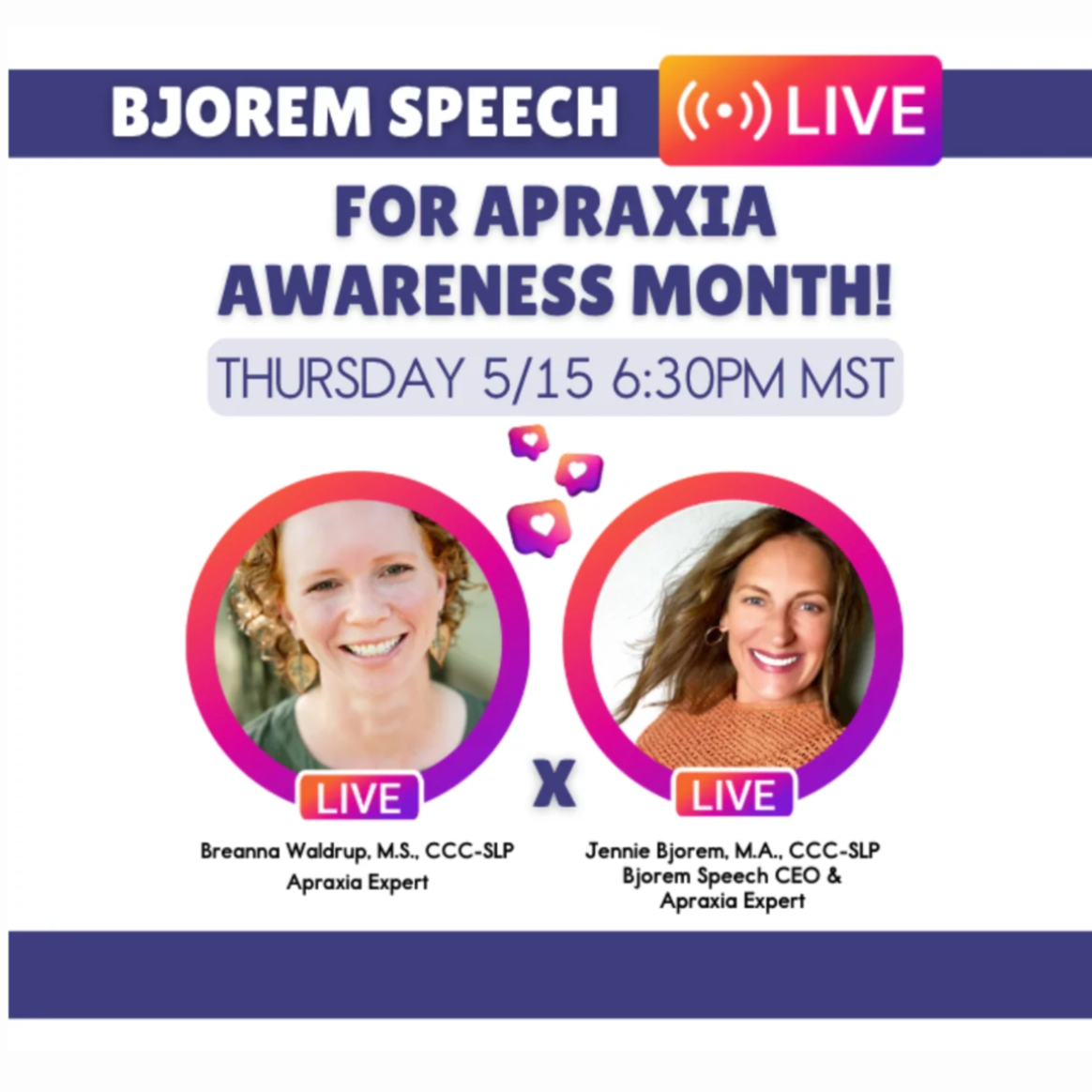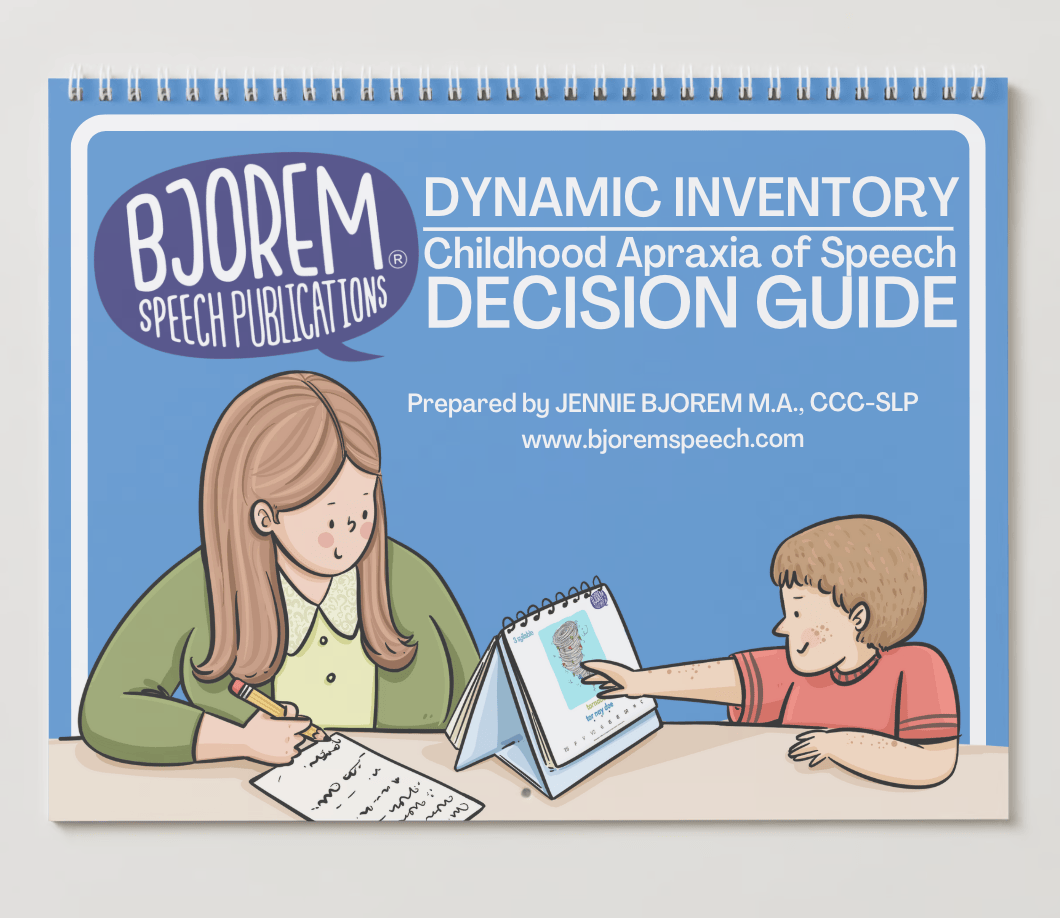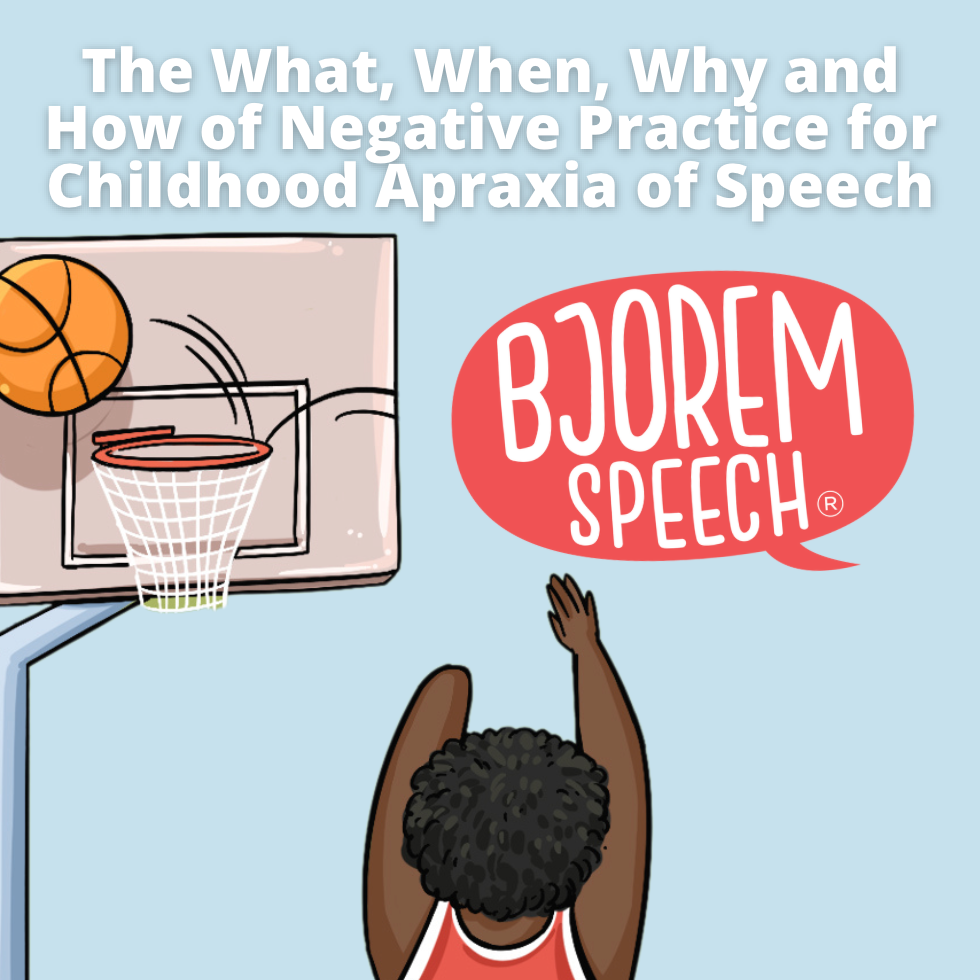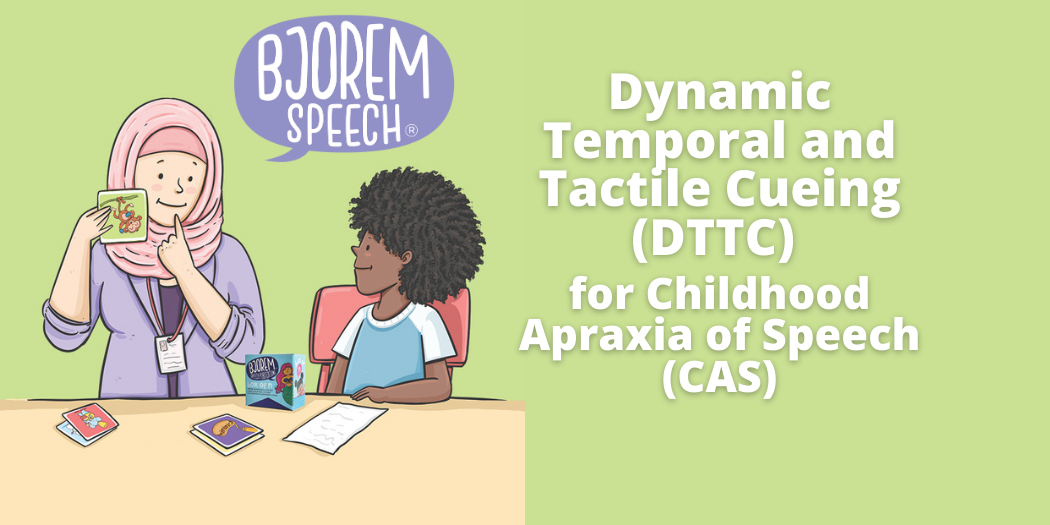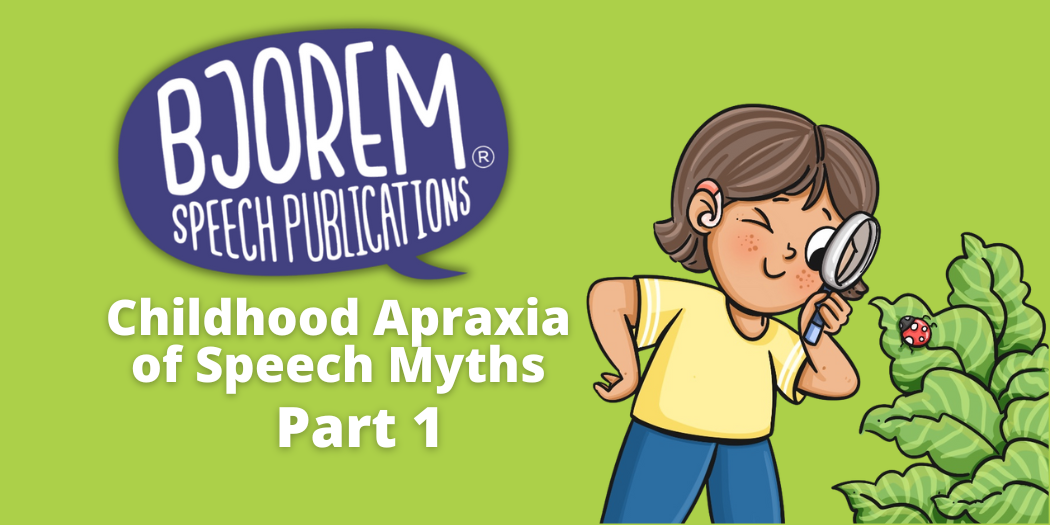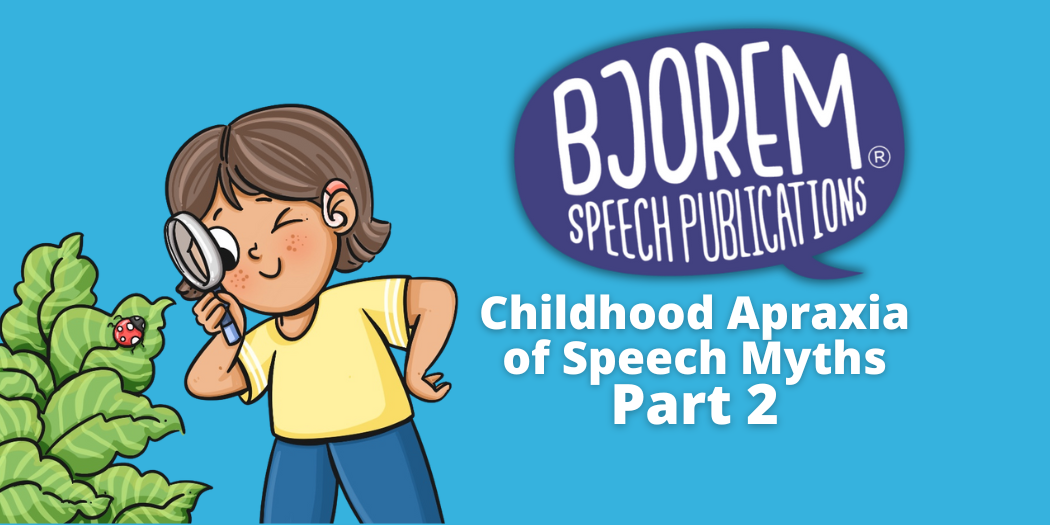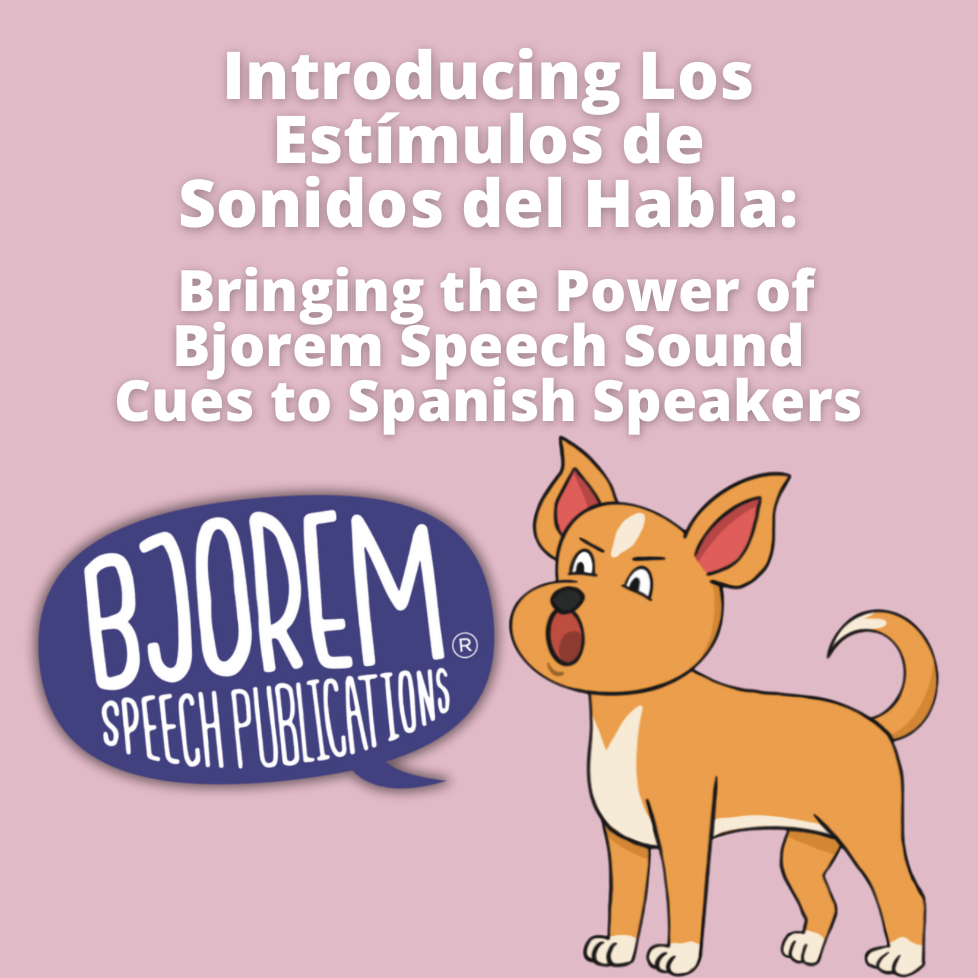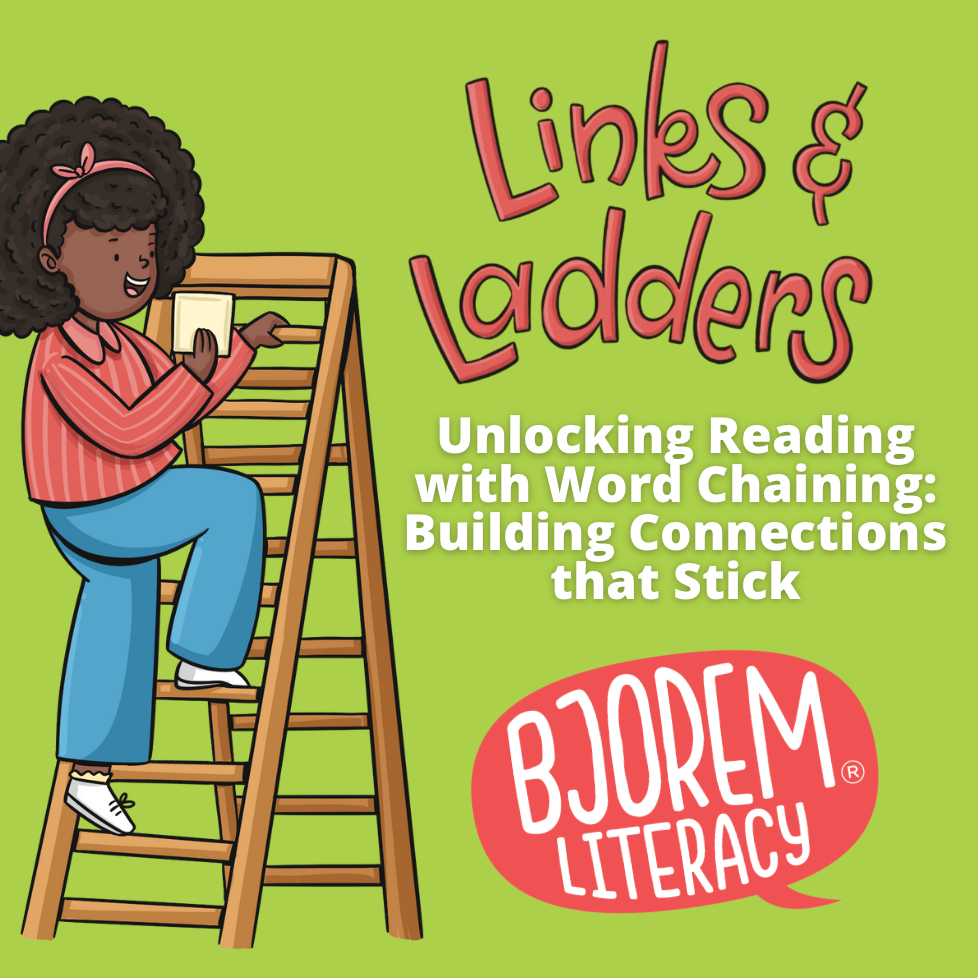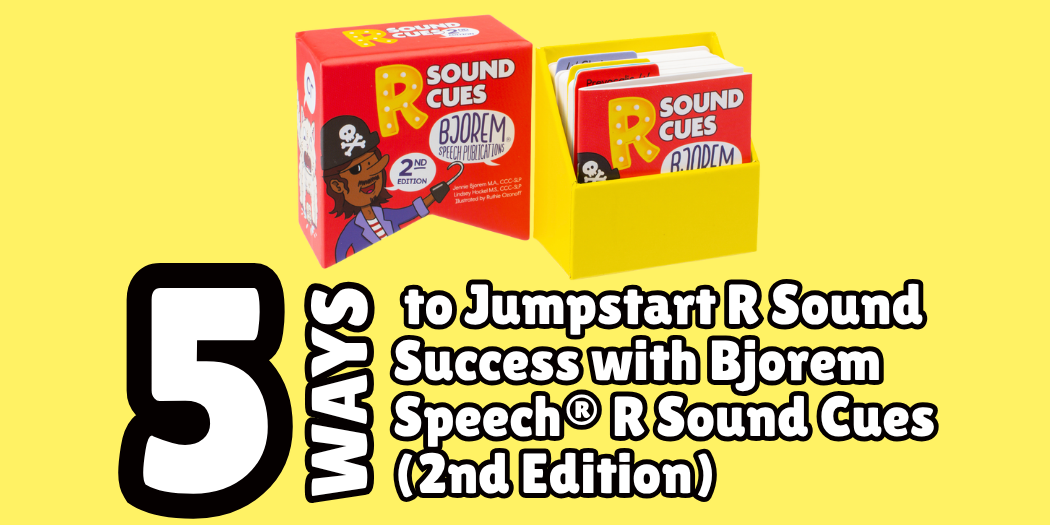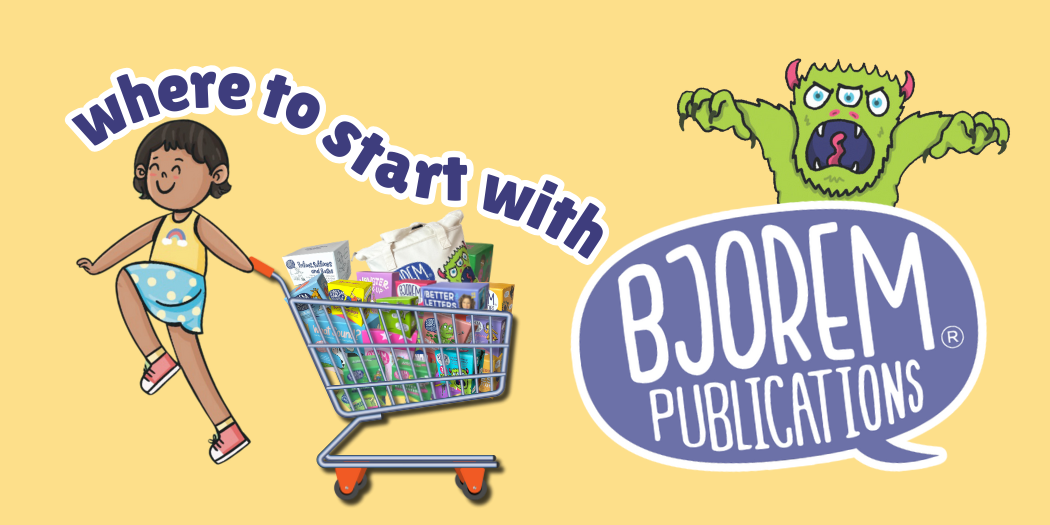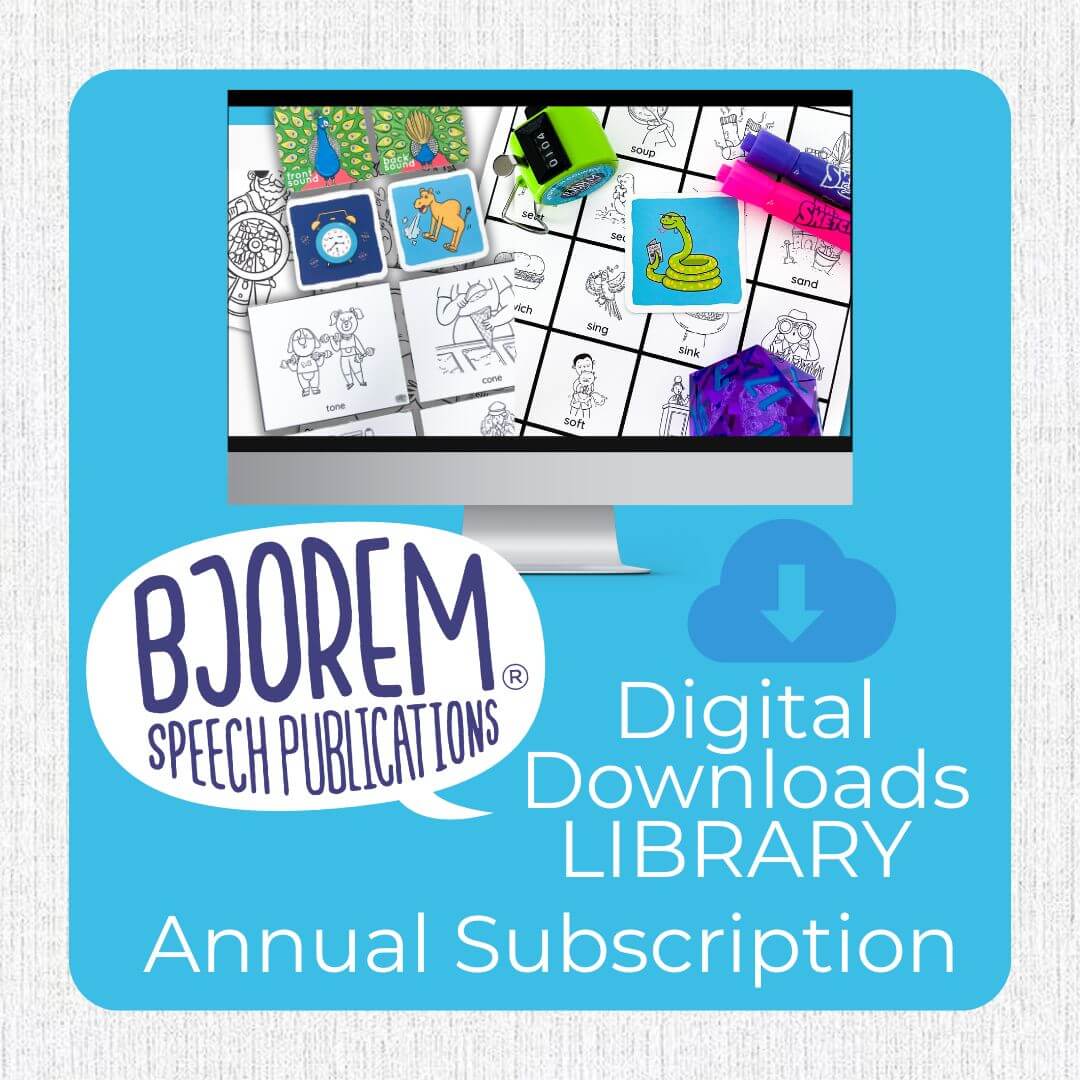
LIVE Q&A on Childhood Apraxia of Speech: Highlights from Apraxia Experts Jennie Bjorem & Breanna Waldrup
Earlier this month, apraxia experts Jennie Bjorem and Breanna Waldrup went live on Instagram to answer your questions and share deep insights into Childhood Apraxia of Speech (CAS). With decades of experience between them, the two SLPs broke down complex topics, shared clinical strategies, and offered encouragement for both professionals and families. Here are the key takeaways from their conversation:
What Is Childhood Apraxia of Speech (CAS)?
CAS is a motor planning disorder, not a medical diagnosis. There is no medical test for CAS. Instead, diagnosis relies on observing characteristic speech features across multiple tasks and contexts. These include:
-
Inconsistent speech errors
-
Difficulty with transitions between sounds or syllables
-
Prosody disruptions
-
Groping and awkward movement patterns
Jennie described CAS as “a disorder of movement” and “a disorder of coarticulation,” while Breanna emphasized the importance of watching for "inefficiencies in space and time" during speech.

Assessment Considerations
There is no single “gold standard” assessment, but several tools and strategies were discussed:
-
DEMS (Dynamic Evaluation of Motor Speech Skills) – appropriate for children as young as 3
-
ProCAD – newer open-access research helpful in guiding your clinicial thinking when differentiating CAS from dysarthria (not validated yet, but they're working on it!)
-
Bjorem Speech Informal CAS Inventory – includes up to 5-syllable words and story retell tasks
-
Observing response to principles of motor learning is key, especially when a formal diagnosis isn't yet possible
“If a child doesn’t have enough speech yet, we can still begin therapy using motor-based principles while we gather more data.”
Treatment Approaches
Both Jennie and Breanna stressed the importance of frequent, shorter sessions over fewer, longer ones (e.g., four 15-minute sessions instead of two 30-minute ones). However, therapy must be individualized.
Key strategies:
-
Simultaneous production (saying words together- check out this free DTTC hierarchy available in English and Spanish)
-
Multisensory cueing (visual, tactile, auditory)
-
High repetitions in play-based or child-led sessions
-
Respecting autonomy and providing neurodiversity-affirming care
When AAC Is Needed
AAC (Augmentative and Alternative Communication) can and should be used alongside verbal therapy, especially when speech is inconsistent or unintelligible. The message: Presume competence and start with robust systems.
“We want to give them a consistent way to communicate while we work on speech.”
CAS & Autism
For autistic children with CAS, connection and regulation come first. Breanna emphasized starting with child-led interaction, and Jennie noted that motor planning work may not begin until the child is ready for imitation and joint attention. Click on the image below to read this post on Autism and CAS:
CAS & Literacy
Children with CAS are at higher risk for literacy difficulties. Some key literacy strategies include:
-
Simultaneous speaking during reading
-
Prolonged sounds vs. segmented ones
-
Using visual sound-letter cues (e.g., Bjorem Better Letters)
-
Focusing on comprehension and flexible sound production
Home Practice & Parent Involvement
Therapists must actively educate families:
-
Keep target lists small and manageable
-
Use video modeling or recordings of sessions
-
Teach strategies like simultaneous speaking
-
Delay sending home practice until the child can self-correct with minimal support
“We want caregivers to feel confident and empowered—not overwhelmed.”

Materials Mentioned
Some favorite therapy materials:
These tools help bridge the gap between speech, literacy, and motivation through engaging, functional visuals and multisensory supports.
Final Thoughts
There’s no one-size-fits-all approach to CAS. Both Jennie and Breanna emphasized the need to stay flexible, honor each child’s journey, and support families with compassion and practical tools. Whether you're a parent, clinician, or educator, this conversation was a powerful reminder that with the right support, kids with CAS can make incredible progress.
“Progress might look different for each child—but progress is always possible.”
Stay tuned for the release of new CAS-specific materials from Bjorem Speech—and be sure to follow @bjoremspeech and @breannawaldrup.slp for more tips and updates!
Want to learn more from Breanna Waldrup? Check out these blog posts she's written for us here on our Bjorem Speech Blog!
- Are You Testing What You Think You're Testing?
- Outfitting Your Toolbox to Treat Speech Sound Disorders
- Explaining Childhood Apraxia of Speech
- Why it Matters How We Pronounce “A” and “The” for Children with Childhood Apraxia of Speech
Looking for more ways to learn about CAS from Jennie? Check out these courses and other resources below:
- Courses on BjoremU
- Bjorem Speech CAS Playlist on YouTube
-
Bjorem Speech Therapy Videos on YouTube
- Live Events with Jennie
